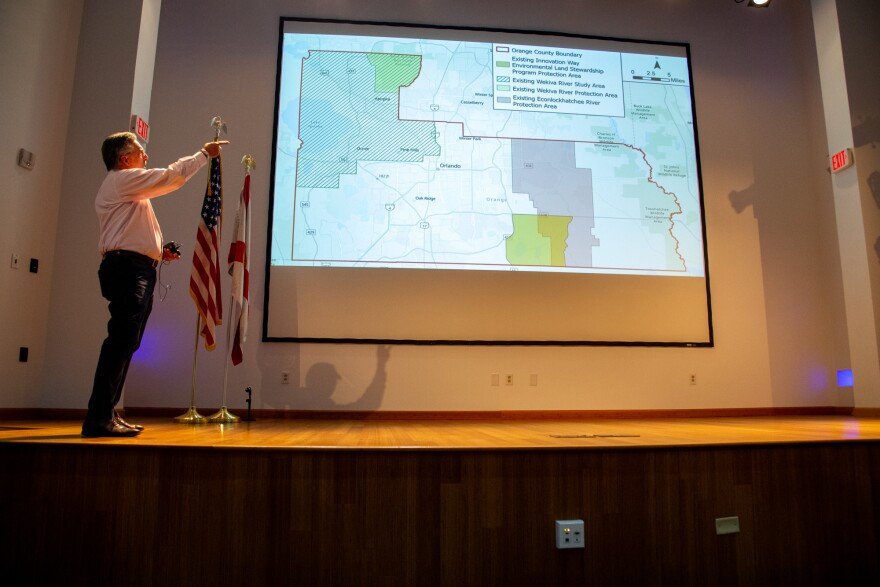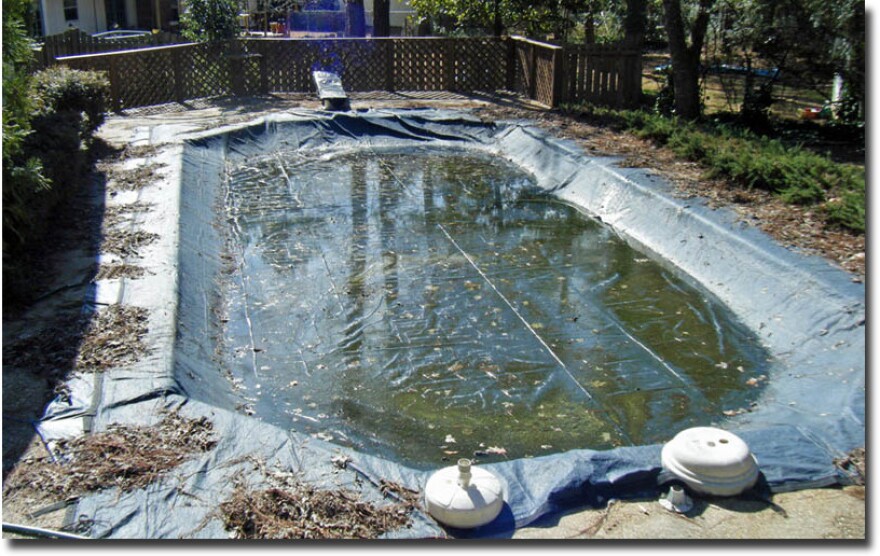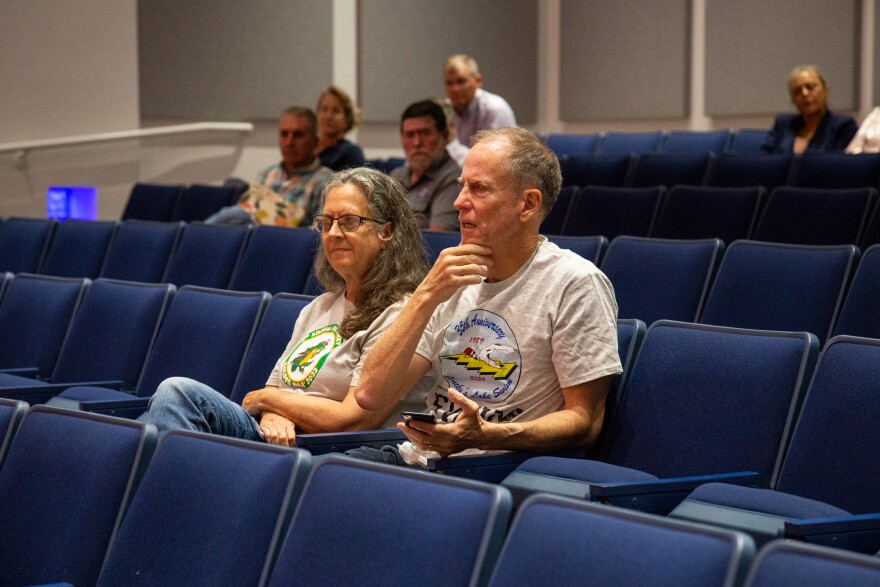About 30 people were in the room for a public meeting Orange County held Wednesday night to kick off community discussions about whether natural resources in two environmentally sensitive areas warrant additional protections.
The Shingle Creek and St. Johns River drainage basins were identified as vulnerable areas during the creation of the county’s updated wetlands protection ordinance, which took effect in June of last year. That ordinance later won an award from the East Central Florida Regional Planning Council, which praised the county’s “data-driven approach” to crafting the new policy.
Now, the county is considering whether to establish new Special Protection Areas for the two basins.

Special Protection Areas, or SPAs, are intended to “promote sustainable growth without restricting development,” according to a presentation staff gave county commissioners last month. That presentation also served as the foundation for Wednesday night’s community meeting, held at the Orange County Extension of the University of Florida’s Institute of Food and Agricultural Sciences (UF/IFAS).
Potentially, though, the two new proposed SPAs for the Shingle Creek and St. Johns River drainage basins could include some additional development regulations for county land. For example, the county’s existing Econlockhatchee River SPA requires landscaping to be done with native plants, and limits the clearing of vegetation to protect wildlife habitat in that drainage basin.
A drainage basin, or watershed, is an area where all water eventually discharges to a common point, usually a certain water body (like the St. Johns River). A watershed can be thought of as a “precipitation collector” — although not all precipitation that falls in a watershed will also flow out, according to the United States Geological Survey. Many variables help determine how quickly water will exit a particular drainage basin, like different soil characteristics and types of land cover.
Impervious surfaces, like parking lots and roads, act as a “fast lane” for rainfall, according to USGS. With more impervious surface area comes more flooding.

Flooding is a concern for both drainage basins discussed at Orange County’s community meeting. In the Shingle Creek basin on the county’s west side, there is 20% more impervious surface area today compared to 1985, according to a technical study commissioned by the county. Most land in the basin — nearly 70% — has already been developed.

Meanwhile, lands in the St. Johns River basin stretching all the way to Orange County’s eastern edge still remain largely undeveloped. But with the area’s population projected to grow by hundreds of thousands of people in coming years, development pressures could push farther into rural areas like those in the St. Johns River watershed, according to the county.
Neither basin’s flood maps are up to date; the Federal Emergency Management Agency most recently updated them in 2009. In the St. Johns River basin specifically, 10,000 more acres of land could be vulnerable to flooding, compared to what FEMA flood zones currently indicate.
RELATED: Decades-old maps don’t fully capture Central Florida’s flooding risk
Rising flood risk is also a concern in the Shingle Creek basin, due to climate change, according to the county. Although current science does not confidently link global warming to a higher expected number of severe storms and hurricanes, it does resoundingly point to more intense storms and hurricanes with higher rainfall rates, according to the National Oceanic and Atmospheric Administration.

“This isn't going to get better. And so we need to get better,” said Orange County District 1 Commissioner Nicole Wilson. “We need to get a really firm plan for how to address applications that come in for potential developments that could have negative impacts in some of these ecologically sensitive areas.”
Wilson asked county staff in 2022 for a comprehensive work session on the Shingle Creek watershed, an area she represents. While she recognizes some level of development is necessary, Wilson said, balancing that need with flooding risk and other environmental concerns is a “trade-off.”
“It's a pay now, pay later question that as a society, we need to talk about,” Wilson said.
The board of county commissioners is slated to vote May 20 on a twice-rejected proposal for a massive development in the Shingle Creek watershed.
Next up in the SPA process, Orange County plans to hold two separate community meetings to discuss each watershed independently. Any new SPA would come later, in the form of an ordinance that would need to be approved by the board.






